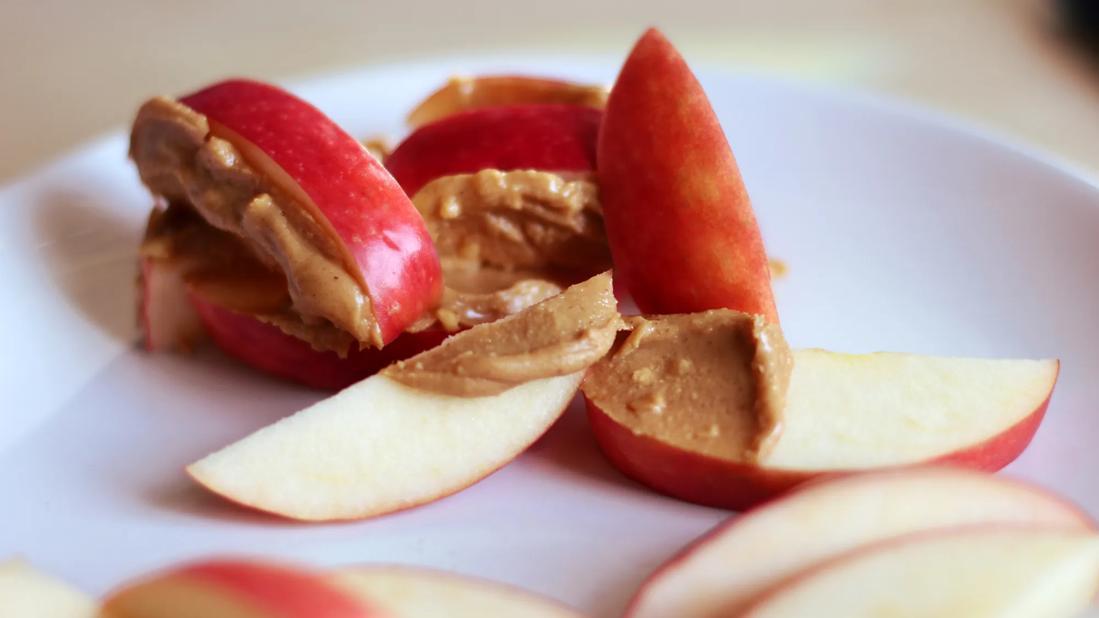Have Type 2 Diabetes? Reach for These Healthy Snacks
Opt for foods that have a mix of protein, fiber and healthy fats

Having a snack can keep your hunger at bay while boosting your energy levels. But when you have Type 2 diabetes, having a balanced snack can help manage your blood sugar levels.
So, before you reach for the first thing you can find, read this primer on how to choose healthy snacks for Type 2 diabetes.
What snacks to grab
When it comes to snacking, opt for fruits and vegetables, whole grains, protein and healthy fats, says registered dietitian and diabetes educator Emma Rueth, RD, LD, CDCES.
“These types of food are more satisfying and they keep our blood sugar more stable,” explains Rueth.
A satisfying snack has a mix of protein, fiber and sometimes carbohydrates and healthy fats. This combination helps slow digestion and keep your blood sugar more stable, which keeps you more satisfied.
Fruits and vegetables
Fruits and vegetables can be a great source of vitamins, minerals, antioxidants and fiber, which can help manage hunger, blood sugar and cholesterol. Pair fruits and vegetables with protein for a well-rounded snack.
Balanced snack options with fruit include:
- An apple with nut butter
- An apple with string cheese
- Pineapple with cottage cheese
- Raspberries with Greek yogurt
Balanced snack options with vegetables include:
- Baby carrots with hummus
- Celery sticks with nut butter
- Kale chips with mixed nuts
- Tomato with cottage cheese
Whole grains
Whole grains provide many healthy nutrients, like carbs and fiber. Choosing carb sources with fiber helps reduce your blood sugar spike and increase satiety.
Balanced whole grain snack options include:
- Whole-grain crackers with cheese
- Whole-grain toast with nut butter
- Steel-cut or rolled oatmeal with a hard-boiled egg on the side
- Popcorn with nuts or seeds
Protein
Protein helps you feel full and satisfied. Including protein in your snacks can help manage your blood sugar levels.
Protein snack options include:
- A meat and cheese roll-up
- String cheese
- A hard-boiled egg
- Canned tuna with whole grain crackers
- Cottage cheese or Greek yogurt
- Roasted chickpeas
Nuts
You can add nuts to your snack, but Rueth says you can also eat nuts by themselves for a healthy snack because they contain protein, healthy fats, vitamins and minerals.
Nut snack options include:
- Almonds
- Walnuts
- Hazelnuts
- Brazil nuts
- Pistachios
- Cashews
- Peanuts
- Pecans
But portion control is key here, especially because many nuts are high in calories. Aim for about a 1-ounce serving or 1/4 cup.
What to limit
When thinking about snacks, consider limiting the following:
- Liquid carbohydrates.Choosing soda, juice or a sweetened and caffeinated beverage will spike your blood sugar and won’t keep you full for long.
- High-sodium foods. Rueth says it’s common for people with Type 2 diabetes to also have high blood pressure. The American Heart Association recommends fewer than 2,300 milligrams of sodium a day.
- Refined carbs.Foods like white bread, white rice and white pasta are low in fiber and other nutrients. Because of this, they digest quickly, causing a spike in blood sugar. This can leave you hungrier and hungry sooner.
- Added sugar.It can be easier to grab that candy bar or dessert for a quick snack, but these options won’t keep you full for long.
Building a healthy snack
Rueth offers some more advice on how to build a healthy snack:
- Read labels. Food nutrition labels include information like the serving size, amount of calories, fiber and protein. Instead of focusing only on sugar or added sugar, Rueth says it’s best to look at the total carbohydrates. “This amount gives you a better picture of how something will affect your blood sugar levels,” she notes.
- Always pair carbs. “Always pair a carb with a protein or fat,” stresses Rueth. “For example, don’t just have an apple — have an apple with peanut butter or cheese.” These other components slow digestion and help manage your hunger and blood sugar levels.
- Watch your calories. Aim to have a snack that’s under 200 calories.
- Consider timing. Rueth recommends not going more than five hours without eating during the day. That’s why snacks can play a vital role in your meal planning. “These snacks make sure that you’re not starving when you show up for dinner,” she clarifies. “If you’re too hungry, it becomes a whole lot easier to overeat.”